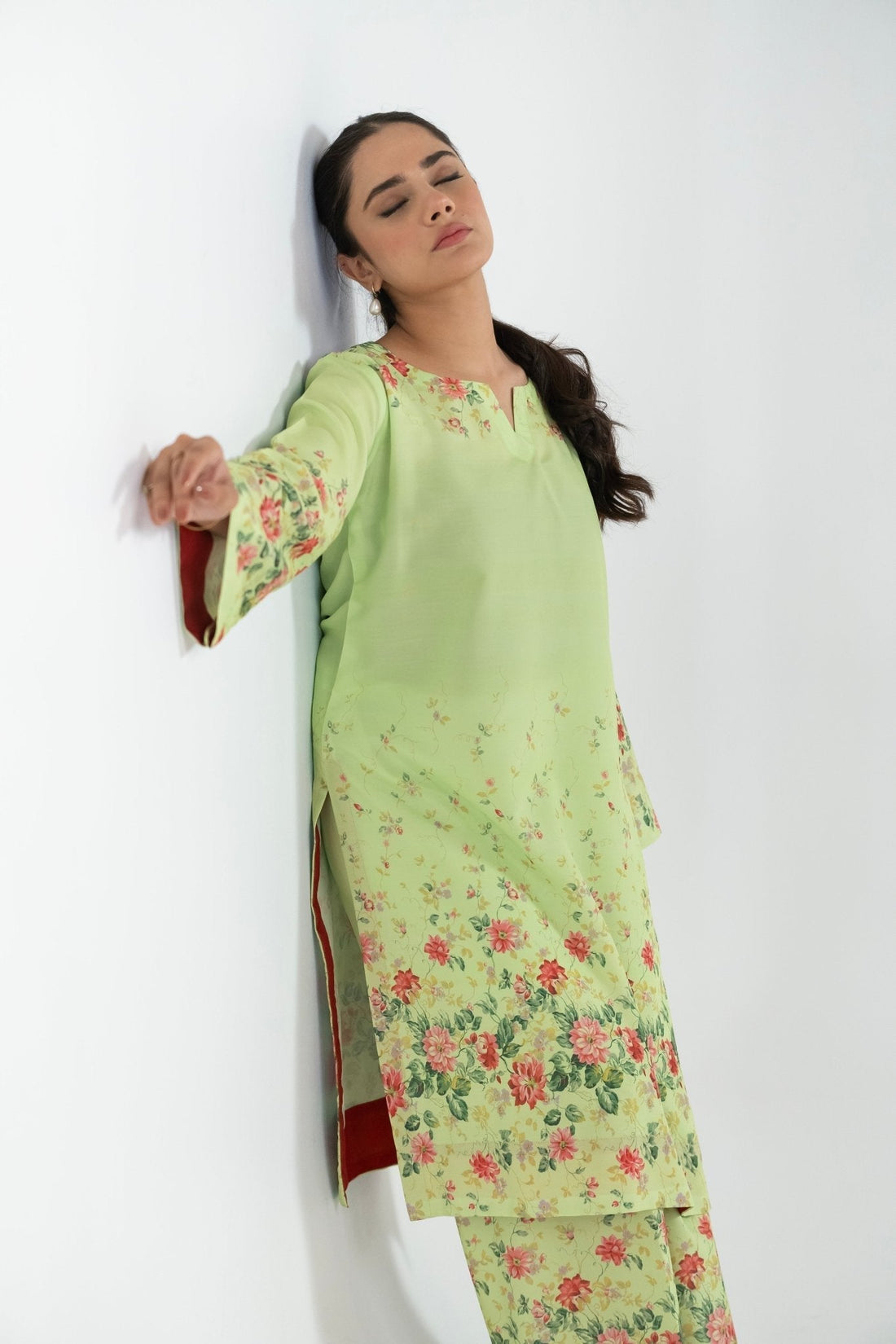Introduction: Weaving the Story of Tradition
Fashion in Pakistan is not just about fabric and design — it’s about heritage. The traditional Pakistani dresses symbolize identity, culture, and the art of generations. Every thread holds history; every embroidery pattern tells a story.
From Sindh’s mirror work to Punjab’s vibrant phulkari, from Balochistan’s tribal embroidery to Khyber Pakhtunkhwa’s elegant simplicity — Pakistani attire is a reflection of diversity, unity, and pride. These dresses are more than clothing; they’re living memories of tradition, passed down and reimagined through time.
The Cultural Heart of Pakistani Fashion
The traditional Pakistani dresses showcase a blend of history, craftsmanship, and creativity. Rooted in centuries-old traditions, these garments evolved under the influence of Mughal royalty, regional craftsmanship, and Islamic aesthetics.
Despite modernization, Pakistan’s love for traditional fashion remains unwavering. Every Eid, wedding, and celebration is a vibrant display of these timeless outfits — blending modesty with charm, simplicity with grandeur, and culture with individuality.
A Regional Expression of Beauty
Each province in Pakistan has its unique fashion identity, shaped by local art and environment.
Punjab – The Land of Color and Joy
In Punjab, people embrace vibrance. The classic shalwar kameez with phulkari embroidery defines Punjabi pride. Women adorn their outfits with bright dupattas, while men wear turbans that symbolize dignity.
Sindh – The Art of Mirrors and Patterns
Sindhi culture celebrates color and craftsmanship. The Ajrak print, made with deep maroon and indigo hues, represents Sindhi identity. Mirror work and thread embroidery turn simple fabrics into masterpieces.
Balochistan – Embroidery of Strength
The Balochi dress is distinguished by its wide sleeves and heavily embroidered designs. Each stitch reflects patience, creativity, and tribal symbolism. Balochi embroidery is recognized globally for its bold and intricate detail.
Khyber Pakhtunkhwa – The Symbol of Grace
The Pathani suit, known for comfort and strength, is common among men, while women’s dresses feature fine threadwork and delicate detailing. The simplicity of the KPK attire carries an understated elegance.
Gilgit-Baltistan – Elegance in the North
In the cold northern regions, traditional attire focuses on warmth and sustainability. Woolen cloaks, hand-knitted caps, and long dresses keep tradition alive amidst the snow-capped mountains.
Women’s Traditional Pakistani Dresses: A Fusion of Art and Grace
Women’s fashion in Pakistan is a celebration of beauty and craftsmanship. From casual wear to bridal couture, every traditional outfit reflects cultural identity.
-
Shalwar Kameez: The national dress, loved for its versatility, comfort, and elegance.
-
Anarkali Frocks: Inspired by Mughal heritage, symbolizing royalty and grace.
-
Sharara and Gharara Sets: Heavily embellished and perfect for weddings and festivals.
-
Lehenga Choli: A vibrant, regal ensemble showcasing hand embroidery and beadwork.
-
Dupatta: More than an accessory, it’s a mark of respect and tradition — often intricately embroidered or printed.
Pakistani women continue to revive these styles with modern touches, making traditional wear a blend of old and new aesthetics.
Men’s Traditional Pakistani Attire: Strength Meets Style
Pakistani men’s fashion represents strength, elegance, and cultural pride. The traditional Pakistani dresses for men vary across regions but share a unified elegance.
-
Shalwar Kameez: The official national dress — simple, comfortable, and timeless.
-
Sherwani: A royal garment often worn at weddings, featuring hand embroidery and a regal finish.
-
Kurta Pajama: Ideal for casual gatherings, Eid, and cultural events.
-
Pathani Suit: Known for its straight cuts and traditional flair.
-
Waistcoat: A modern touch that complements the shalwar kameez, blending tradition with sophistication.
These designs preserve modesty while allowing men to express their heritage with confidence.
Craftsmanship and Artistry: The Soul of Pakistani Fashion
The craftsmanship behind traditional Pakistani dresses is extraordinary. Artisans across the country spend weeks perfecting every pattern, stitch, and motif.
Some of the most celebrated embroidery styles include:
-
Phulkari (Punjab): Colorful floral threadwork.
-
Sindhi Mirror Work (Sindh): Reflective artistry using mirrors and threads.
-
Balochi Embroidery (Balochistan): Complex designs inspired by tribal stories.
-
Kashmiri Embroidery (North): Soft, detailed floral work using wool or silk threads.
Each design embodies dedication and artistry, passed down through generations of skilled craftspeople.
The Modern Revival of Traditional Fashion
In today’s era, traditional Pakistani fashion has found its place on global runways. Designers creatively fuse traditional aesthetics with modern cuts — making them suitable for both festive and formal occasions.
Brands and boutiques have revived cultural patterns, using sustainable fabrics and minimalistic designs to appeal to a younger generation. The renewed interest in traditional wear proves that while trends change, heritage remains timeless.
Cultural Symbolism and Emotional Connection
Traditional clothing in Pakistan isn’t just about style — it’s about identity. When someone wears traditional Pakistani dresses, they’re carrying their roots, values, and pride.
Every color has meaning:
-
Red symbolizes celebration and joy.
-
White represents peace and purity.
-
Green stands for prosperity and faith.
-
Gold conveys luxury and celebration.
This emotional connection ensures that Pakistani traditional wear never fades from fashion or from the hearts of the people.
Why Traditional Fashion Still Rules in Pakistan
While western fashion has become popular in urban settings, traditional attire remains dominant in daily life and celebrations. Its comfort, cultural significance, and ability to adapt to modern trends make it an irreplaceable part of Pakistani identity.
People across the world admire the versatility of traditional Pakistani dresses — garments that can be modern, modest, and magnificent all at once.
Conclusion: Tradition That Inspires Generations
The traditional Pakistani dresses embody more than just cultural beauty — they represent the soul of a nation. They connect people to their roots and carry forward centuries of art, creativity, and pride.
In every thread, there is a story; in every color, a meaning. From the artisan’s hands to modern fashion stores, these dresses continue to evolve while preserving the rich identity of Pakistan.
As trends change, tradition remains eternal — and the essence of Pakistani clothing continues to inspire the world.


